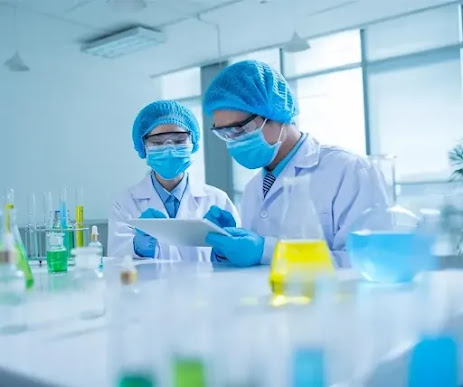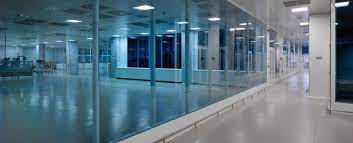How can cleanroom services contribute to product quality control?

Cleanroom services play a crucial role in maintaining high product quality control, especially in industries such as pharmaceuticals, electronics manufacturing, aerospace, and healthcare. Here are several ways in which cleanroom services contribute to product quality control: 1.Contamination Control: Particle Control: Cleanrooms are designed to control and minimize airborne particles, dust, and contaminants. This is essential in industries like semiconductor manufacturing, where even tiny particles can lead to defects in products. 2.Stringent Environmental Conditions: Temperature and Humidity Control: Cleanrooms maintain precise temperature and humidity levels, which are critical for certain manufacturing processes. This control helps ensure consistent product quality. 3.Microbial Control: Sterile Environment: In industries like pharmaceuticals and biotechnology, cleanrooms are essential for creating sterile environments. This prevents microbial contamination and ensures the pr...





